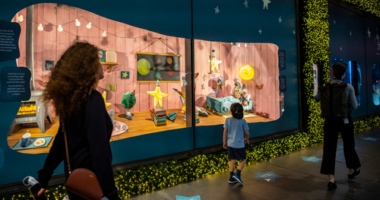Share this @internewscast.com
Results revealed that commonly used sugar replacements are not breaking down. Instead, they morph into ‘forever chemicals,’ similar to polyfluoroalkyl substances (PFAS), possibly posing risks to wildlife and habitats.
PFAS are synthetic chemicals often found in items designed to resist water and adhere less. They are increasingly under scrutiny for their toxic and cancer-causing potential, adversely affecting both the environment and human health.
Why do sweeteners cause a problem?
“Our treatment facilities struggle to dismantle them effectively, resulting in direct discharge to nature. Over time, this leads to environmental build-up, eventually impacting aquatic life.”

Artificial sweeteners are not fully absorbed by the human body. Source: Getty / Juanmonino/iStockphoto
Li said that some fish may die early as a result, and that represented a potentially big problem in the ecosystem.
“The bottom line is anything changing the fish will eventually impact the upper food chain and impact other creatures. We have found algae can be impacted, and they all of a sudden bloom, and all of a sudden die, because of the build-up of artificial sweeteners.”
Were all sweeteners equally harmful?
Other artificial sweeteners found in wastewater included neotame, stevia and neo hesperidin dihydrochalcone (NHDC).
What could the potential impact be?
She said that while there has been much focus on PFAS in recent years, artificial sweeteners have a similar “accumulation pathway” in our environment and in drinking water, affecting organisms.













